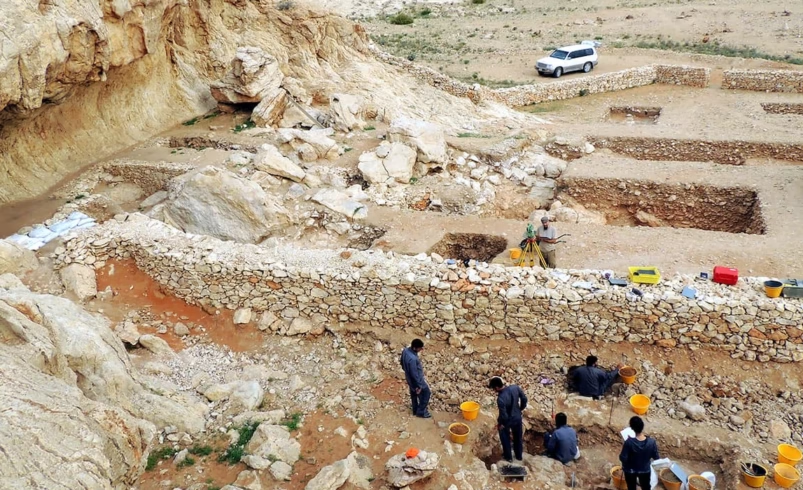Sharjah’s Faya Palaeolandscape Recognized as UNESCO World Heritage Site
- July 11, 2025
- 0

The Faya palaeolandscape in Sharjah has been officially recognized as a UNESCO World Heritage Site, becoming the second site in the United Arab Emirates to receive this distinguished status. This recognition highlights the site’s significant contribution to understanding early human history and settlement patterns in the Arabian Peninsula. The inclusion of Faya palaeolandscape on the UNESCO list underscores the UAE’s commitment to preserving its rich cultural heritage and advancing archaeological research.
Spanning an impressive 210,000 years, the Faya palaeolandscape offers a rare glimpse into continuous human habitation in the region. The site is renowned for its collection of advanced stone tools, which provide valuable insights into the technological advancements and lifestyle of early human communities. These artifacts are crucial for researchers studying the evolution of human societies and their adaptation to changing environments over millennia.
The addition of Faya palaeolandscape to the UNESCO World Heritage List not only enhances the UAE’s reputation as a custodian of global heritage but also emphasizes its proactive role in archaeological exploration and preservation. This achievement reflects the nation’s dedication to safeguarding its historical sites for future generations while contributing to international efforts in cultural conservation.
The recognition of Faya palaeolandscape is expected to boost archaeological research in the region, attracting scholars and experts from around the world. It opens new avenues for collaborative studies aimed at uncovering more about early human life and migration patterns across Arabia. The site’s inclusion on the UNESCO list will likely lead to increased funding and resources for further excavation and preservation efforts, ensuring that its historical treasures are protected and studied extensively.